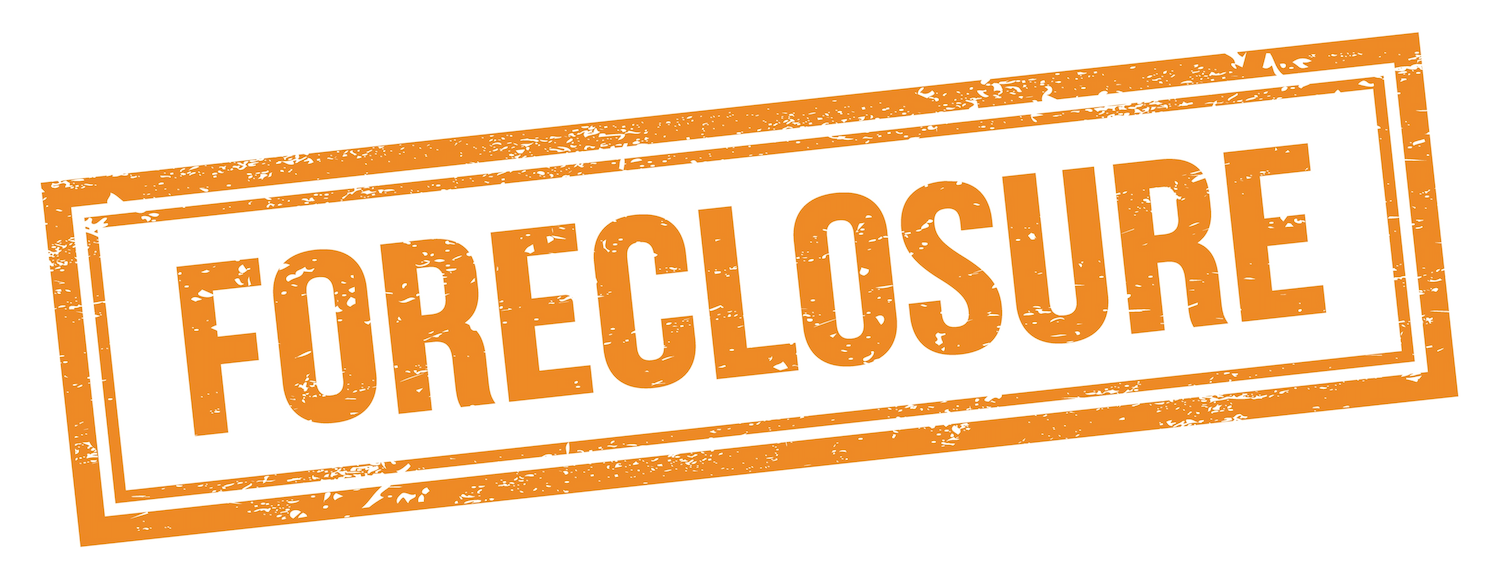Foreclosure Vs. Power Of Sale
In Ontario, foreclosure and power of sale are both legal remedies a lender (usually a bank) can use if a borrower defaults on their mortgage—but they work very differently.
Here’s a clear breakdown:
Foreclosure (rare in Ontario)
Process: The lender goes to court to get ownership of the property.
Outcome: Once approved, the title of the home is transferred to the lender.
Debt Responsibility: The borrower is released from further liability—meaning if the sale doesn’t cover the debt, the lender cannot go after the borrower for the shortfall.
Use in Ontario: Very rare, because it is slower and riskier for the lender. Once they own the property, they also take on any loss if it sells for less than the mortgage amount.
Power of Sale (most common in Ontario)
Process: The lender sells the property (without taking ownership) to recover the debt. This can happen without going to court, as long as the mortgage agreement includes a “power of sale” clause.
Outcome: The property is listed on the market—often at or below market value to attract a fast sale.
Debt Responsibility: If the sale doesn’t cover the full mortgage plus costs, the borrower is still responsible for the shortfall. If there’s extra money after paying the lender, it goes back to the borrower.
Use in Ontario: The standard remedy, because it’s faster and puts less risk on the lender.

